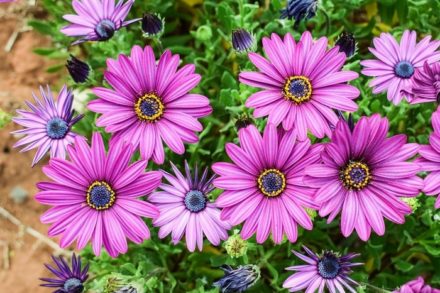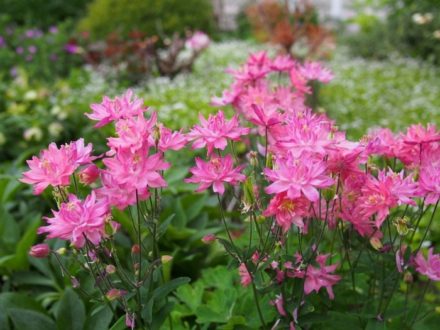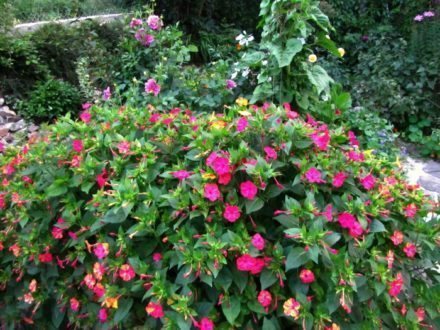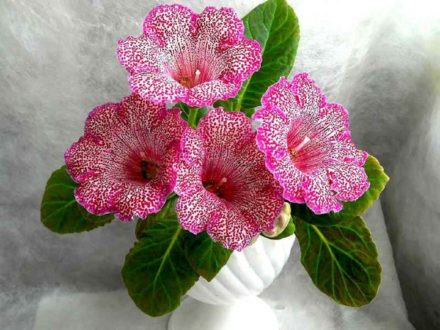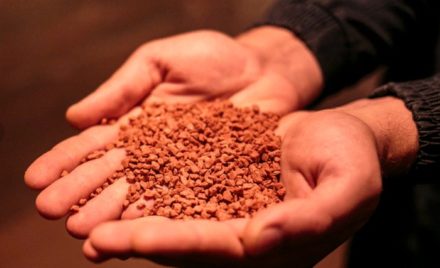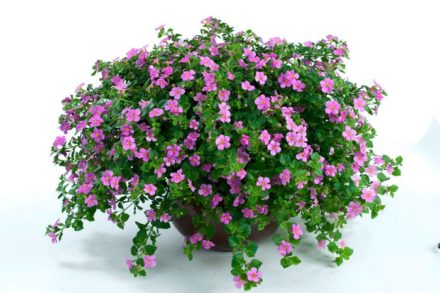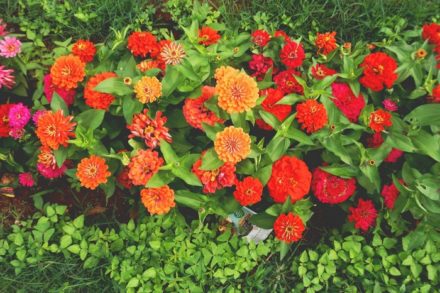More often than other types of cineraria, silver cineraria is planted in flower beds. Due to the unusual coloring, the plant looks very elegant, as if dusted with frost. In mid-latitudes, cineraria (also called ragwort) is grown as an annual. In order for the flower to decorate the flowerbed earlier, it is grown in seedlings. This process has its own subtleties that are worth considering so that the seedlings turn out healthy and strong.
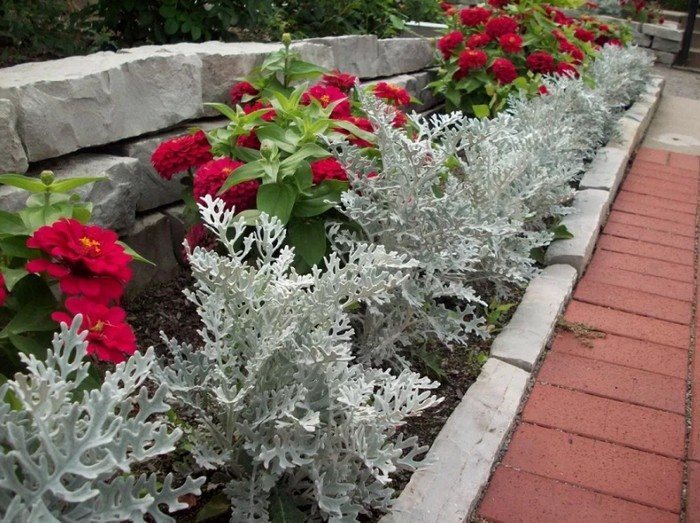
Suitable capacity
Any container 8-10 cm high is suitable for sowing cineraria. This could be a cake lid or a box of pastries, a tray left over after purchasing semi-finished products. It is necessary to make holes in the bottom of the container to drain excess water.
This can be done with a knife, nail, or soldering iron. To begin with, it is better to sow the seeds in a common container, so it will be easier to care for the seedlings, and you will need less space on the windowsill. Later, the seedlings are planted in separate cups or small pots.
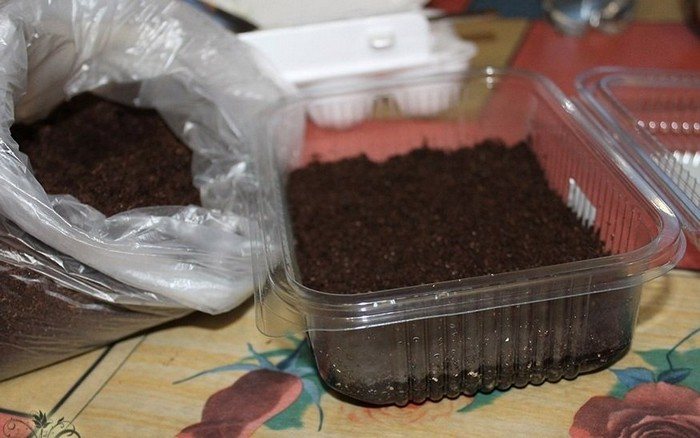
Soil selection
The main requirements for the soil are that it be loose, nutritious and have a neutral or slightly acidic reaction. Purchased soil is suitable for seedlings:
- "Universal".
- "Floral".
- "For seedlings."
If you plan to use soil from the garden, it needs to be improved by adding peat and sand or vermiculite.Then the soil is steamed in a water bath for half an hour or, while wet, placed in the microwave for 5 minutes. The fastest way to disinfect is to spill a hot solution of potassium permanganate. There is no need to cultivate purchased land; this is done in production.
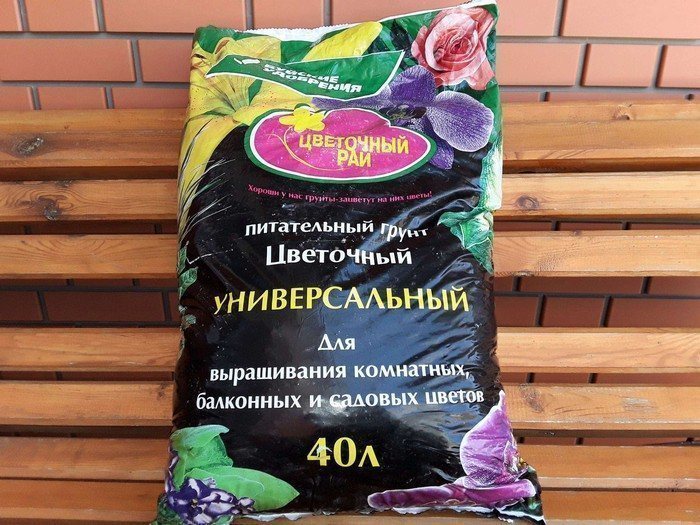
Features of sowing
Sowing of cineraria is carried out at the end of winter or early spring. To increase the germination of seeds, they are pre-treated with a stimulant (Epin, Energen). Sowing is carried out on the surface. The seeds are evenly distributed over the entire area and lightly pressed to the ground. The soil is carefully sprayed with a sprayer.
The container is covered with a transparent lid or a transparent plastic bag. The seedlings are ventilated daily, briefly removing the cover, and at the same time checking the humidity. The soil should not dry out. If necessary, it is moistened with a spray bottle. In a week, friendly shoots will appear, and the shelter can be removed completely.
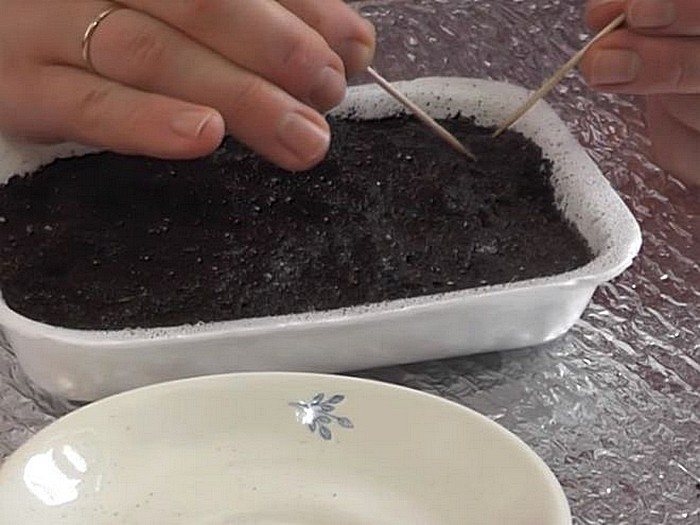
Picking rules
To ensure that the seedlings grow squat and strong, after germination the container is placed in a bright, cool place. The seedlings are kept for a week at a temperature of 17-18 °C, and then the temperature is again increased to 22-25 °C. When two true leaves appear on the plants, they are planted in separate cups or cassettes. Gardeners call this procedure picking.
In order not to damage the roots of the seedlings during transplantation, they are watered in advance and the soil is allowed to dry slightly. In this case, it will be possible to preserve the earthen lump surrounding the roots intact. On the day of the pick, prepare cups with soil and make a small depression in the center of each of them.
Then the seedling is carefully lifted with a teaspoon, a toothpick or a small spatula, removed from the ground and planted in a new container, buried down to the cotyledon leaves. The transplanted plant is carefully pressed with your fingers in the root zone so that the soil adheres more tightly, and watered. Moisture will finally eliminate voids in the soil.
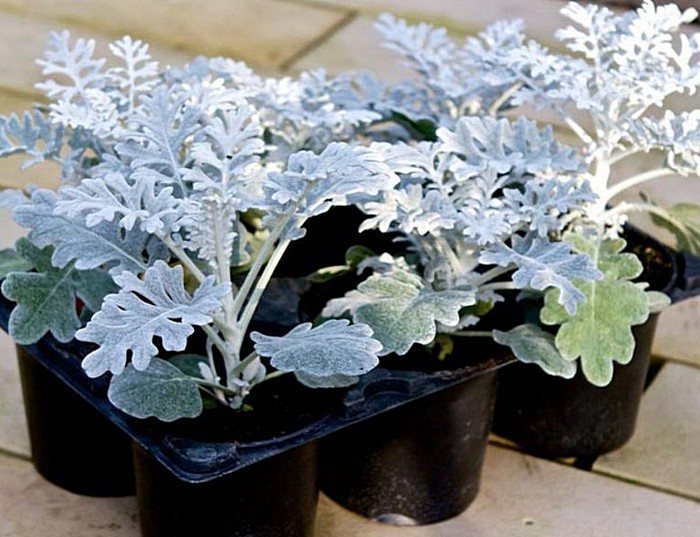
Caring for seedlings at home
If sowing was carried out in February or early March, the seedlings will have to be illuminated for the first 2 weeks. For illumination, a fluorescent or LED lamp or phytolamp is used.
The lamp is placed at a distance of 30 cm from the seedlings and turned on for 2-3 hours in the morning and evening; in cloudy weather, the lighting is left on for the whole day. Starting from the second half of March, cineraria no longer needs lighting.
Water small plants carefully. Both drought and excessive soil moisture have a detrimental effect on seedlings. If the seedlings dry out, they will not recover. The flood will lead to rotting of the tender roots, and then the cineraria will have to be saved.
If seedlings are stunted for no apparent reason, they may be lacking nutrients. To feed seedlings, use complex flower fertilizer in half the dosage. The nutrient solution is applied after watering to the moist soil.
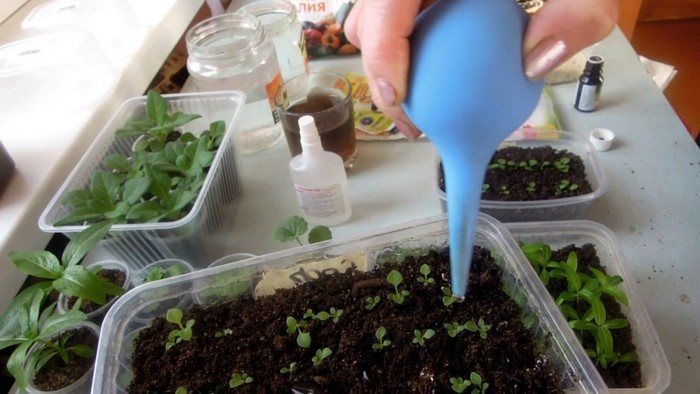
Cineraria is planted in a flowerbed after stable warmth arrives. The seedlings will be ready for transplanting at the age of 50-60 days. For the middle zone, landing dates fall in the second half of May. The seedlings are first hardened off by briefly exposing them to fresh air. The grown bushes will need to be planted at intervals of 20-25 cm.




